If you go to any burial site to visit someone no longer with us, such as a friend or family member, you would assume that a human had created the site.
However, not all burial sites were created by humans. Archaeologists have recently found a burial site in South Africa that was created before mankind even existed. But what, or possibly who, created it?
Burial Sites Are Everywhere
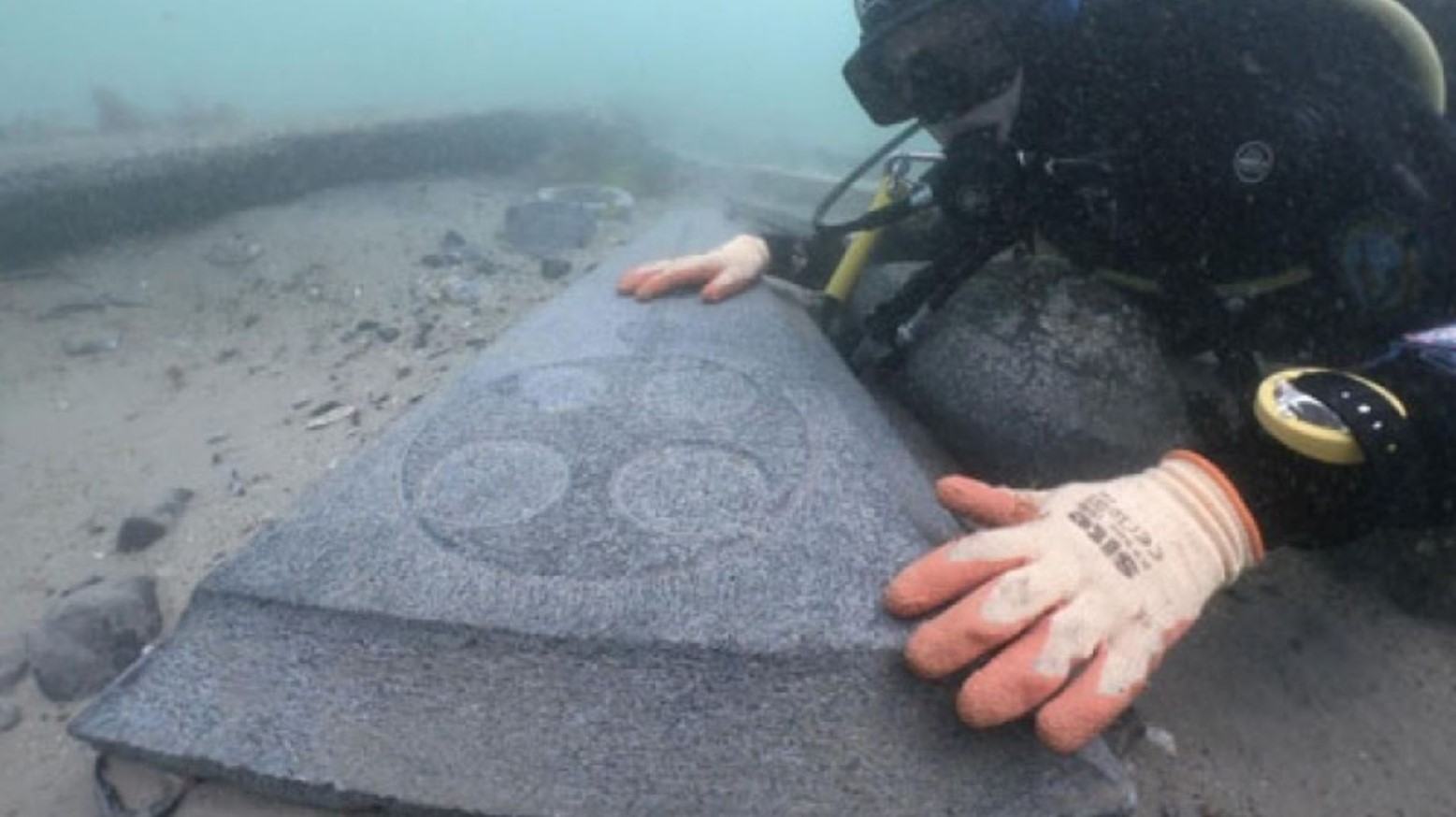
Burial sites are everywhere. Most people assume them to be above ground. However, some have been found underwater, much to the surprise of the people who discovered them.
An archaeologist was studying an 800-year-old shipwreck underwater when he came across a medieval graveyard along the seabed. Not only was it surprising, but he also found it quite eerie.
The Oldest-Known Burial Site
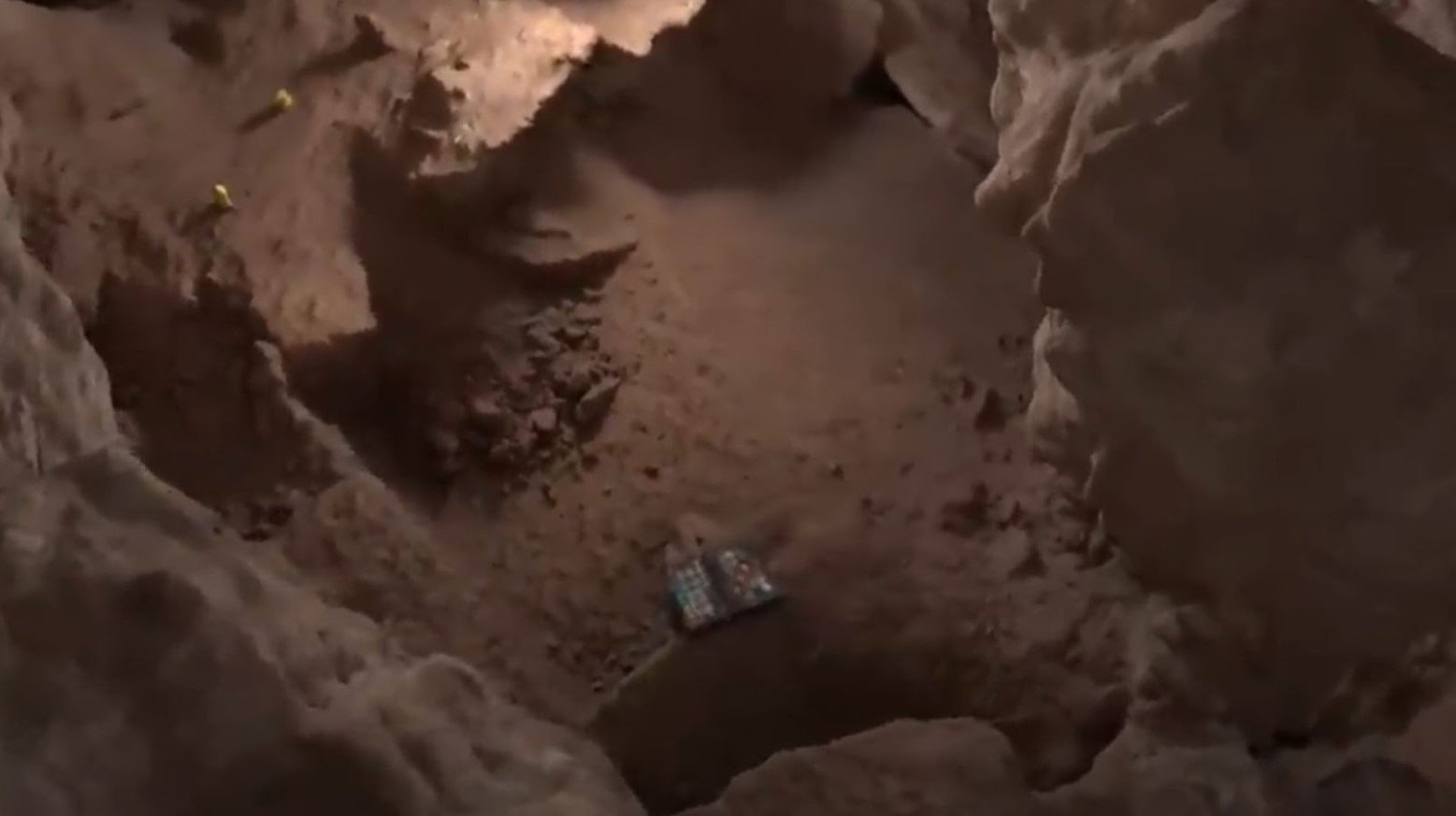
With life comes death, and as many people choose to be buried over being cremated, they need somewhere to have their final resting place. Some burial sites go back hundreds if not thousands of years.
However, archaeologists have found a burial site that goes back to before humanity existed. It is located in South Africa, and researchers are trying to figure out who could have built it.
Archaeologists Often Study Burial Sites
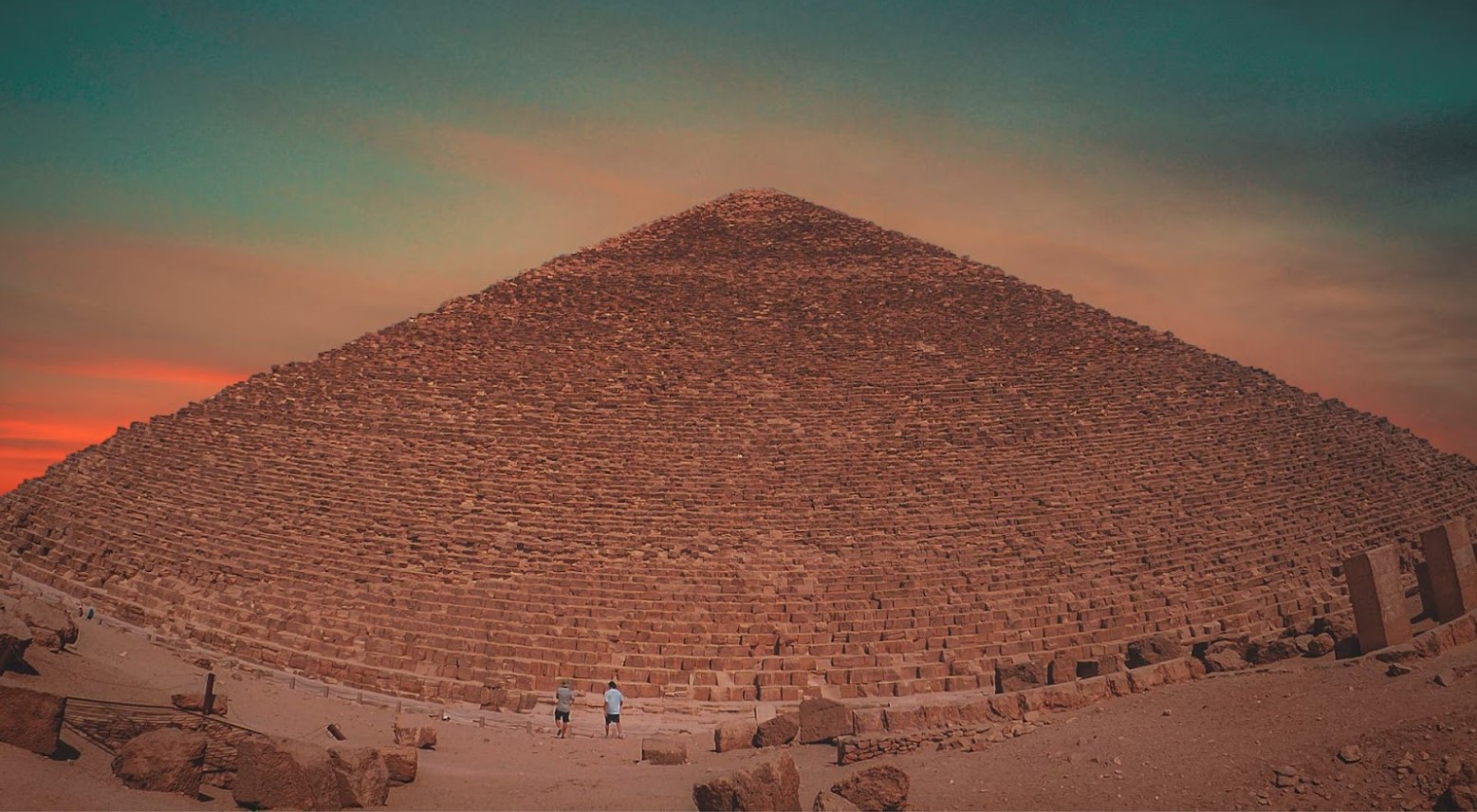
Burial sites are great historical places for archaeologists to study because they can tell us a lot about our history and how we came to be. They can also clear up any rumors or completely change our way of thinking.
One place where archaeologists love to study burial sites is Egypt. The Ancient Egyptians come with a lot of mystery and intrigue. Their burial sites are covered in hieroglyphics and detailed drawings, giving us much insight into what life was like during their time.
Challenging Historical Narratives
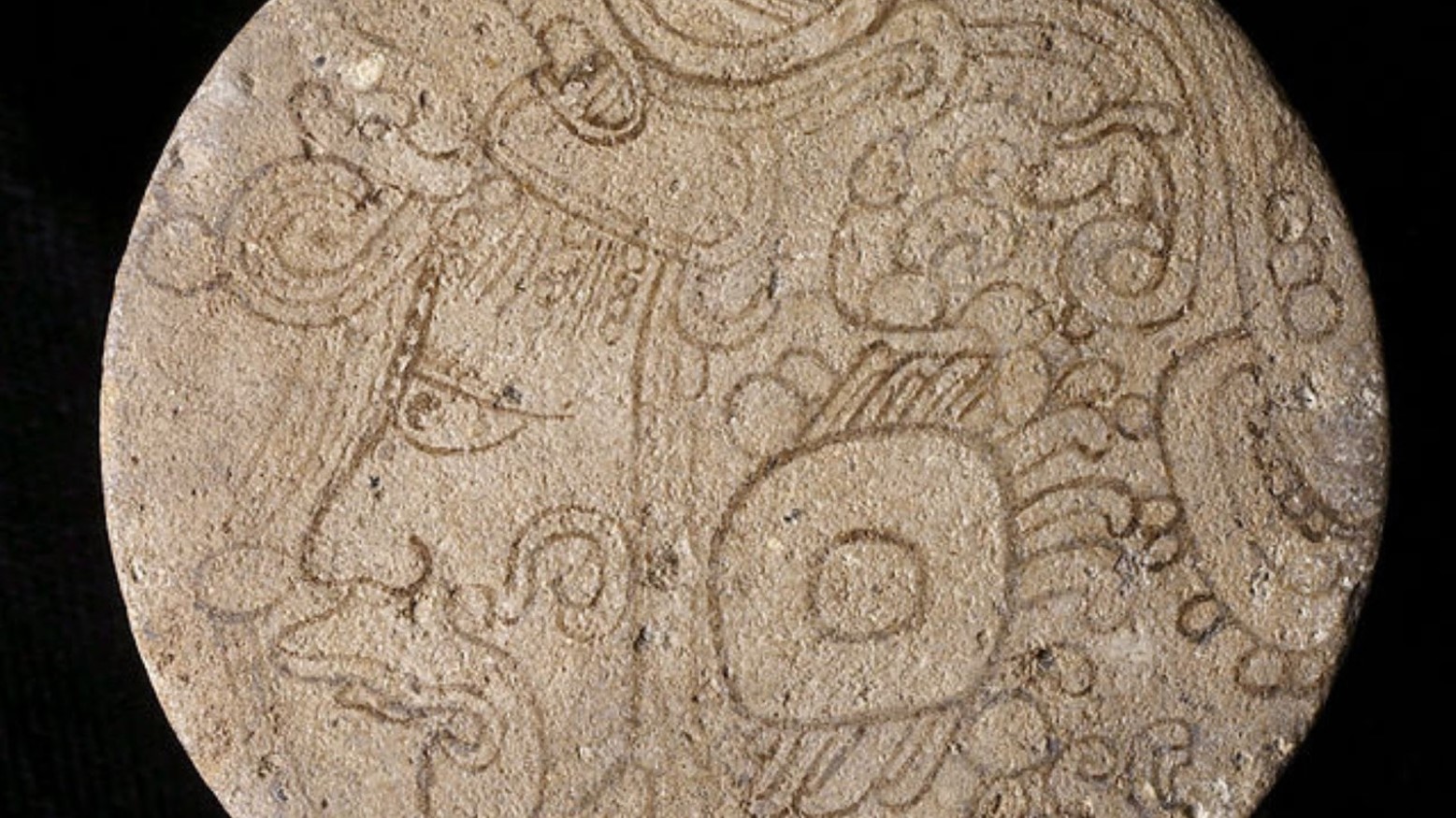
Sometimes, the most interesting archaeological finds come from those that challenge historical narratives that have long been held. One of these came after the discovery of some Ancient Mayan sacrifice victims.
It has been a widely held belief that Ancient Mayan sacrifice victims were young girls and virgins. However, the skeletons found by a research team revealed that they were young boys, completely changing the narrative.
Homo Naledi Are Responsible
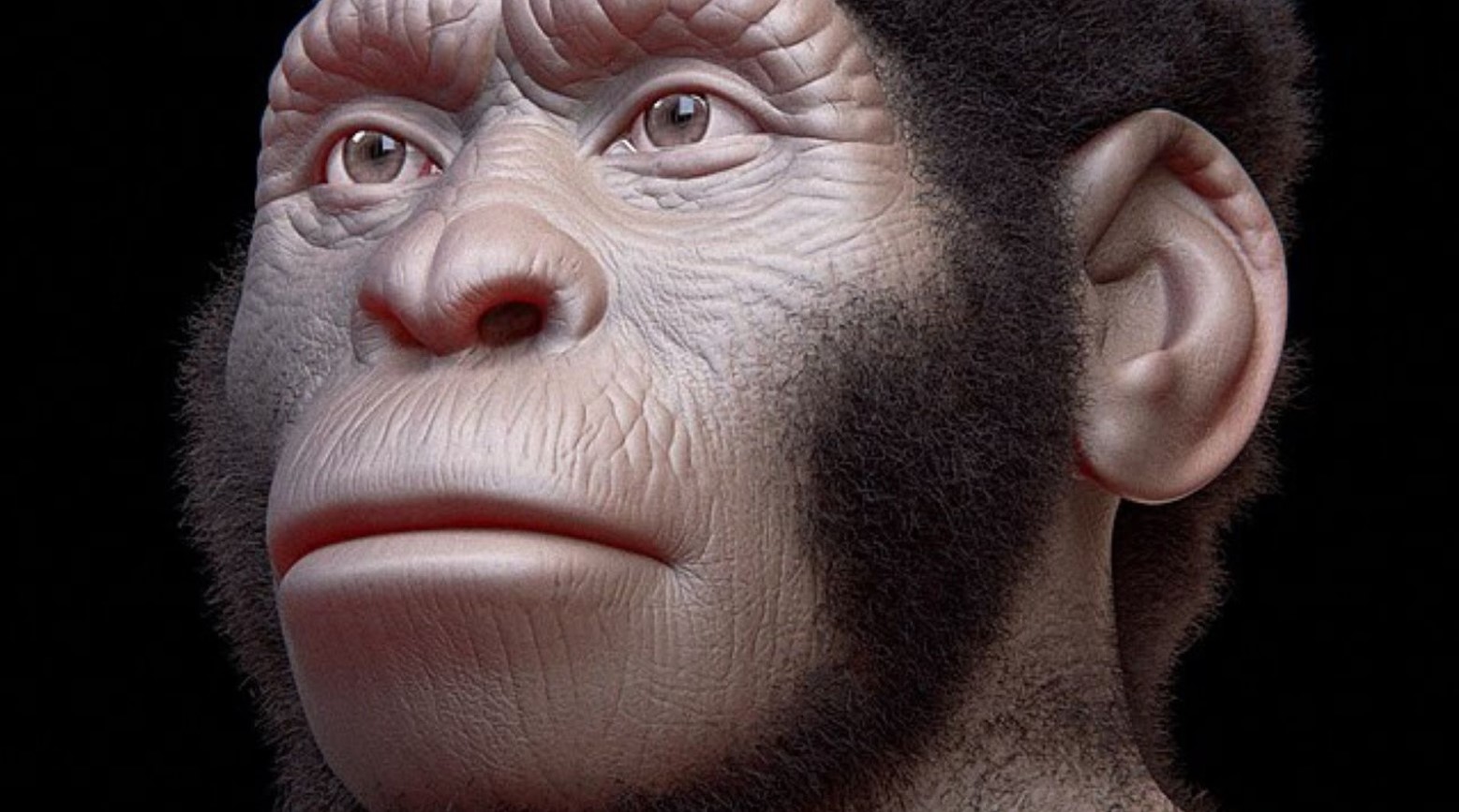
After looking further into it, the archaeologists concluded that a species known as Homo naledi are responsible for this burial site. This is a group that existed before humans.
They existed during the Stone Age and were buried 100 feet underground in a cave underneath the Cradle of Humankind, a UNESCO world heritage site based in Johannesburg.
Incapable of Complex Behavior

It was previously thought that Homo naledi was incapable of any complex behaviors, so the thought of them being able to create a burial site was previously unheard of.
What these findings suggest is that this species was actually a lot more capable than previously thought and that more research is likely needed into the behaviors that Homo naledi were capable of.
Who Was Homo Naledi?

The Homo naledi species were vital in the transition throughout evolution between apes and humans. They were the most pivotal part of this transition compared to species before them.
Other indicators of their ability to perform complex tasks include engravings of geometric shapes, including the rough outline of a hashtag. These were found in a cave near the burial site.
Homo Naledi Was Only Discovered in 2013
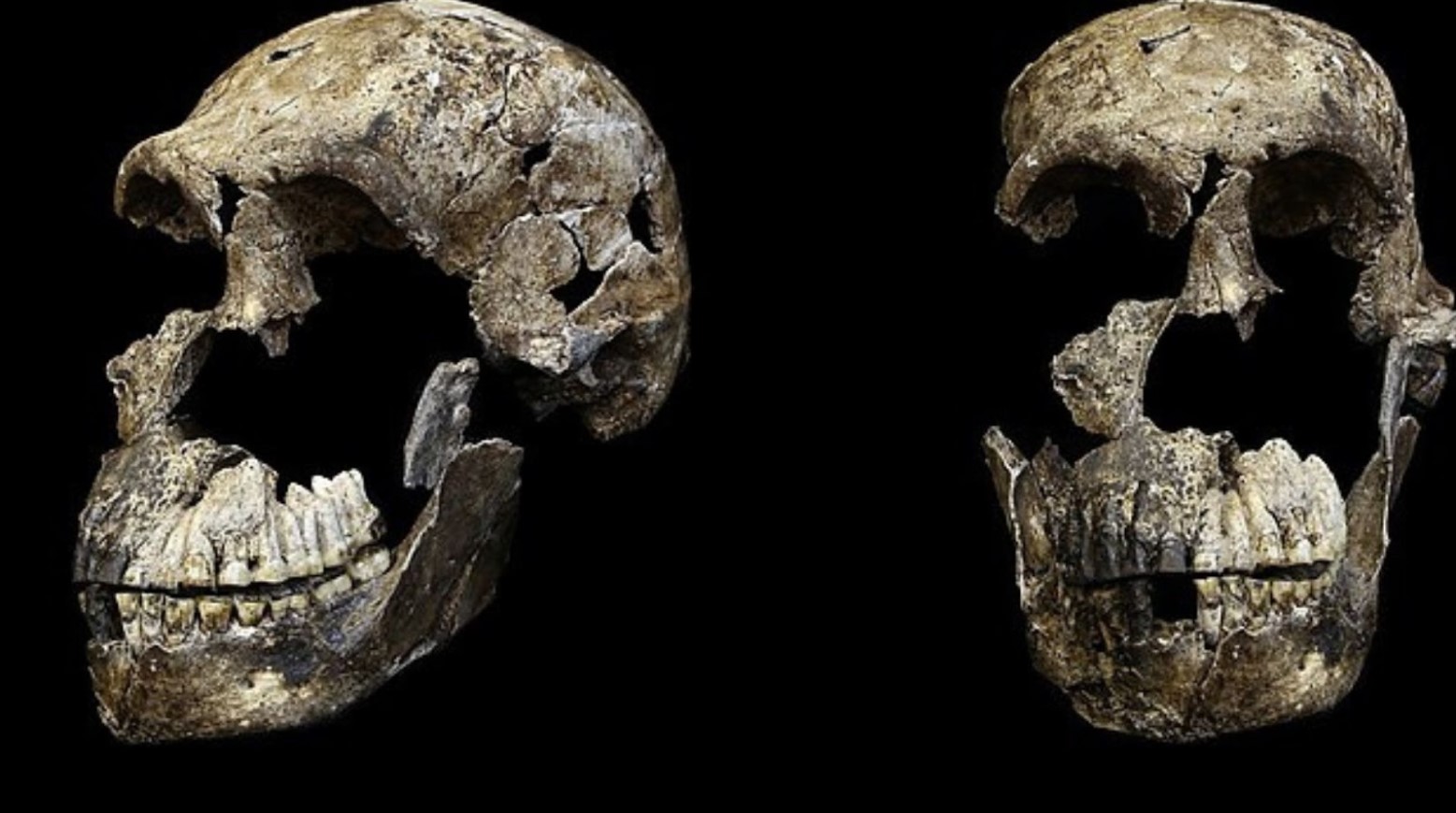
What may be even more surprising is that the Homo naledi species were only discovered in 2013, when Lee Berger found their remains inside the Rising Star cave system near Johannesburg.
They have been characterized by their small structure and brains, which are believed to be about a third of the size of a human’s. They also have a mix of old and modern anatomical features.
The Most Ancient Interments
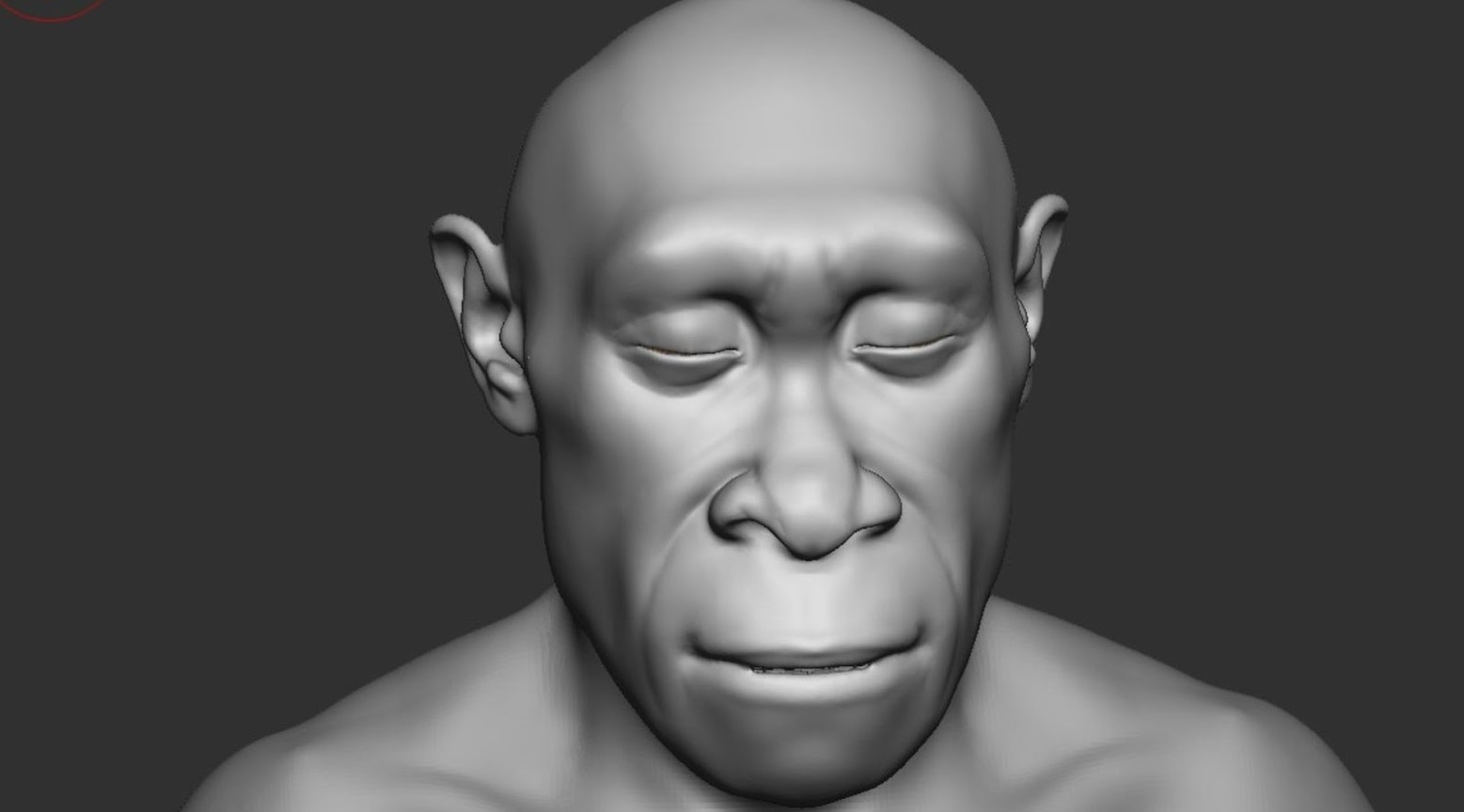
According to the archaeologists involved in this research, the finding of these Homo naledi remains suggests that they are the most ancient interments to have been recorded in the hominin record.
They go back even further than the earliest record of Homo sapiens, as they were found to have been on Earth at least 100,000 years earlier than us.
Challenging Evolution
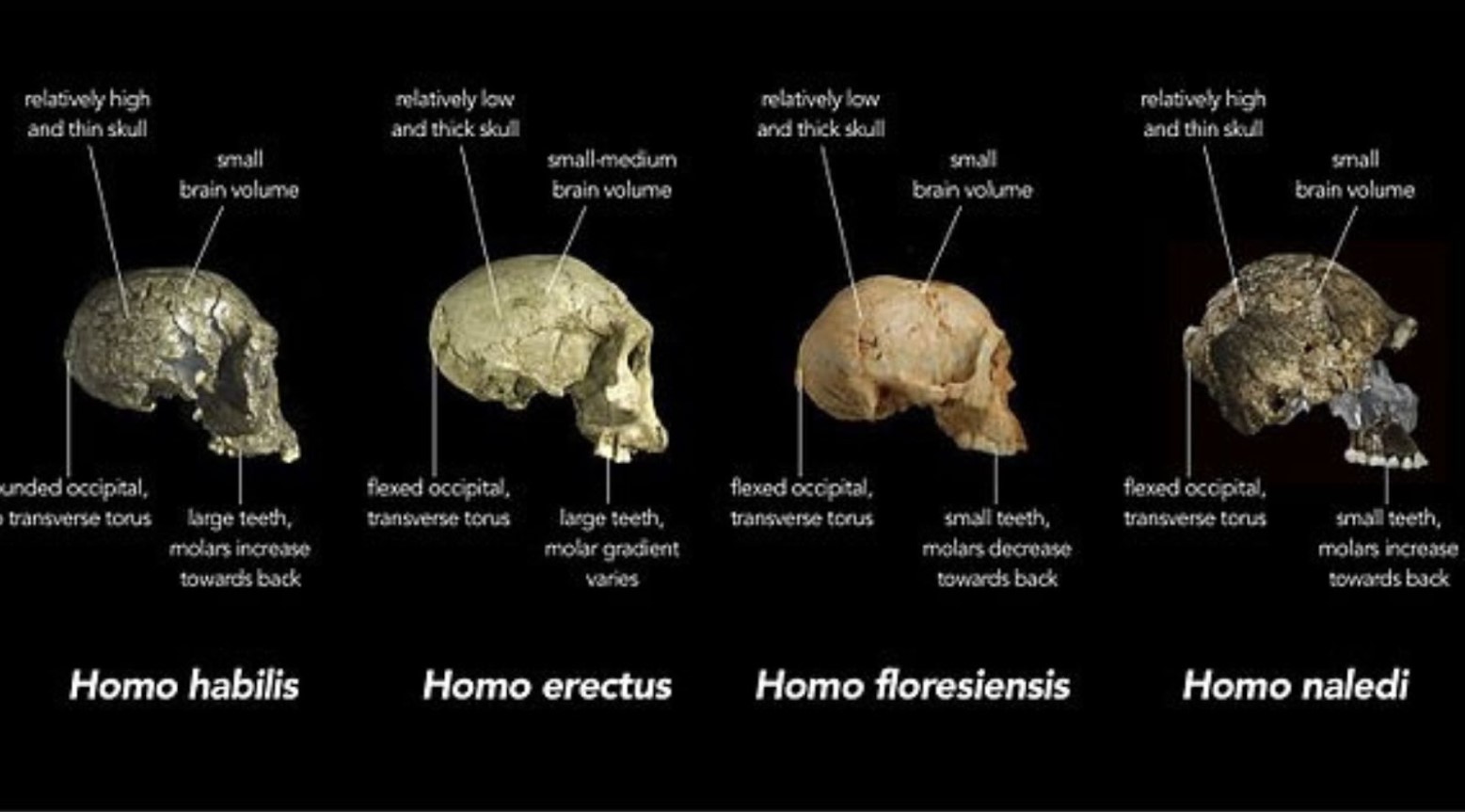
These findings don’t just challenge previously held beliefs, as they also challenge the theory of evolution. It was previously thought from this process that bigger brains were needed to carry out complex tasks.
However, it proves that bigger brains weren’t needed for burials, which were thought to be necessary as burial rituals tend to be sacred and carry deep meanings. Instead, small brains could carry this task out perfectly well.
Dating Back Hundreds of Thousands of Years Ago
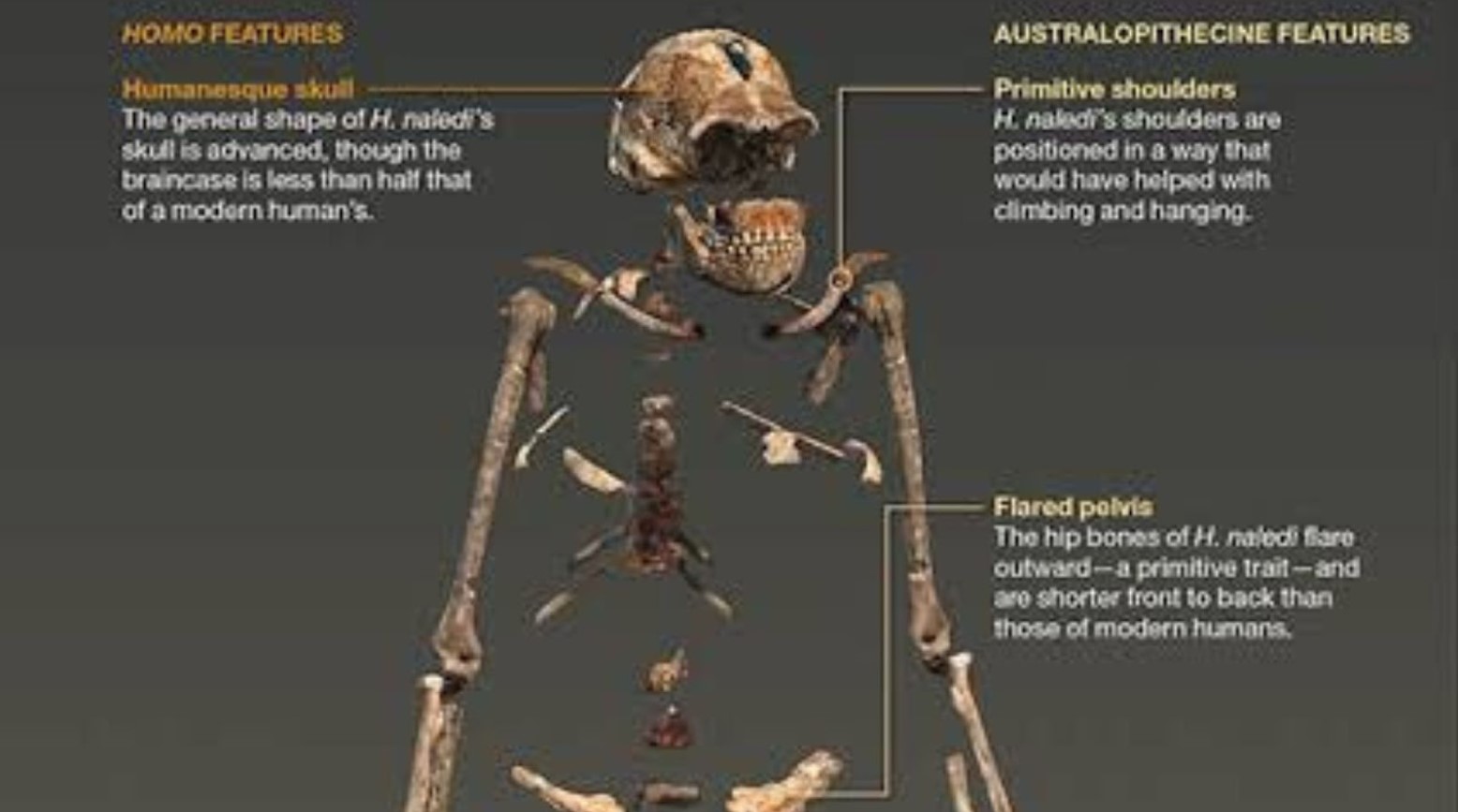
The skeletal remains were tested, and they are believed to date back to 335,000 to 241,000 years ago, when modern humans were starting to emerge in Africa.
This will give researchers more information on what happened during this time and how modern humans emerged, challenging the known narrative and revealing a new one.
